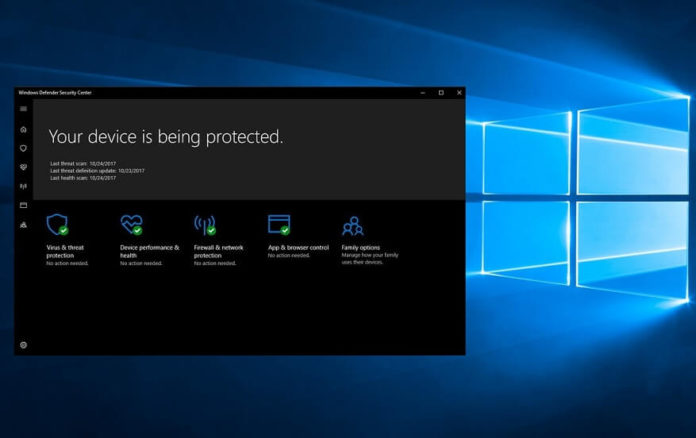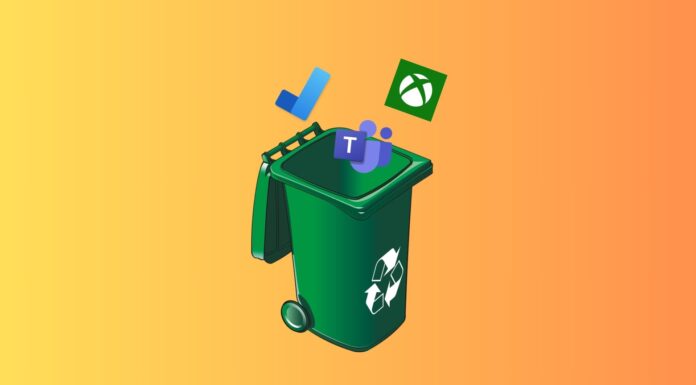Last week, Microsoft released the Windows 10 Fall Creators Update for PCs and Tablets with a lot of new features. Apart from new features and major improvements, Microsoft has also added the anti-ransomware feature with the Fall Creators Update to Windows 10 operating system, meaning that you can now stop worrying about the ransomware attacks if you are using the latest version of Windows 10.
Ransomware is a malicious software that encrypts the user’s data and threatens to delete or publish the victim’s data. To get the data back, the users are required to pay a ransom (money) in bitcoins and once the ransom is paid, the attacker is supposed to release the data back to the users. Yesterday, a new ransomware called Bad Rabbit was spreading around the Europe affecting the old computers but you can now save your data from getting encrypted with Windows 10’s new feature.
The Fall Creators Update adds a Controlled Folder Access feature that lets you block the access to the system folders and additional folders from unauthorized sources, meaning that the attacker won’t be able to encrypt your data.
Windows 10 Controlled Folder Access feature is disabled by default, however, it can be enabled from the Windows Defender Security Center. It takes less than 5 minutes to enable the feature and once it has been activated, Windows will take care of rest.
Steps to enable Anti-Ransomware feature in Windows 10
- Open Windows Defender Security Center.
- On the homepage, you’ll find an option “Virus & threat protection”, Open it.
- Now on the Virus & threat protection page, click on “Virus & threat protection settings”.
- Scroll down and toggle on the option “Controlled folder access”.
The protected folders option lets you add additional folders to anti-ransomware encryption system as well. Once it is enabled, Windows will secure the system folders and if you wish to add additional folders, you can use the protected folders setting.
Windows 10 Anti-Ransomware feature works as expected, Windows will be able to save your data from the attackers but it cannot prevent the ransomware attack. At the time of ransomware attacks, the ransom notes will still be displayed and the system will be locked as well, however, the feature will block the malicious software from encrypting files located in protected folders.






















